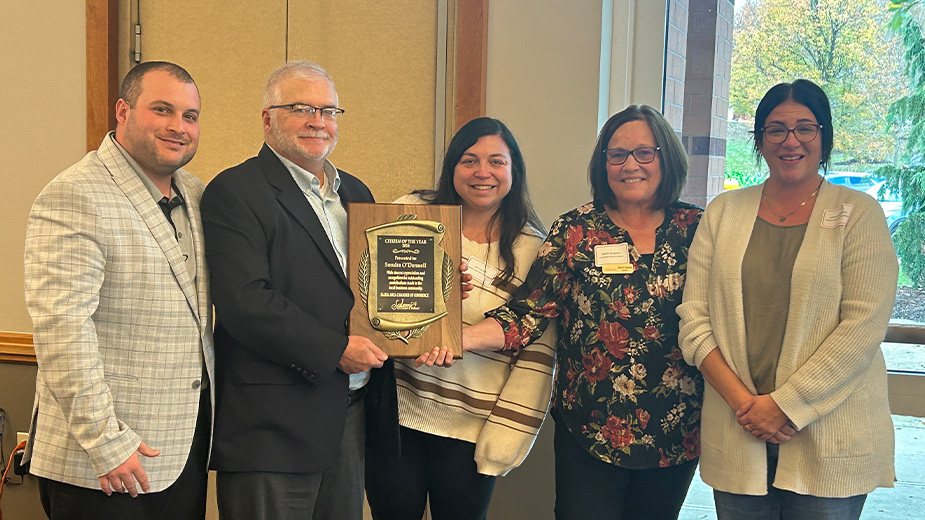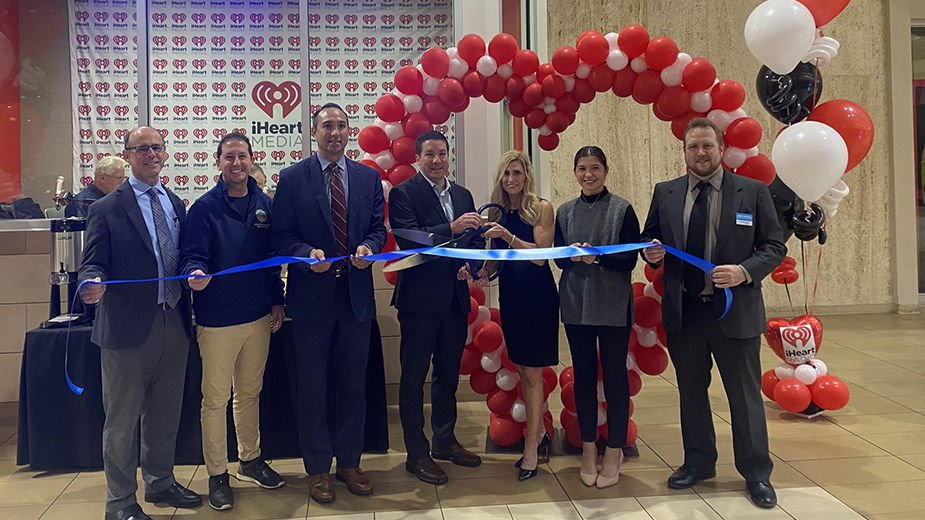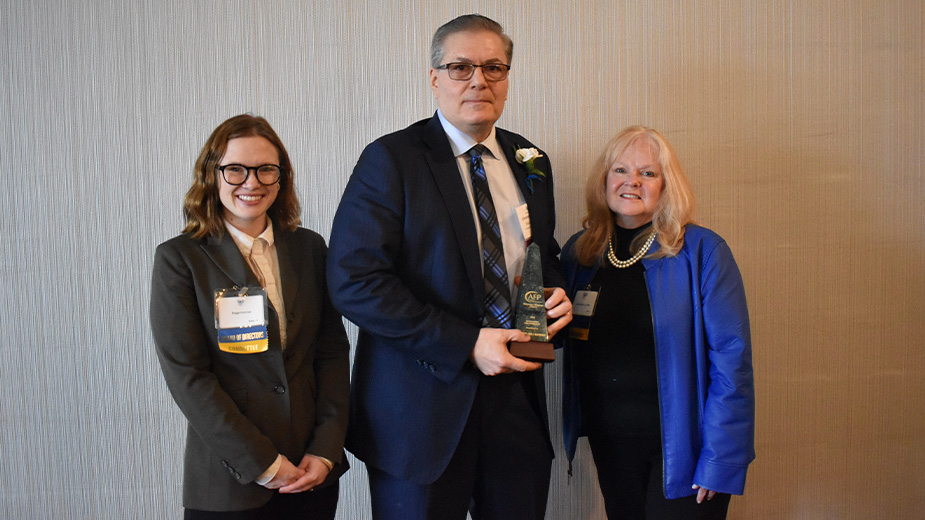Ohio Turnpike Celebrates 60 Years with Stories
NEW SPRINGFIELD, Ohio – Everyone, it seems, has stories to tell about the Ohio Turnpike since it opened to traffic from the Pennsylvania to Indiana borders at 12:01 a.m. on Oct. 1, 1955.
For Harlan Adkins, the longest-tenured employee of the Ohio Turnpike and Infrastructure Commission, the stories he told were about the people he’s encountered during his 50 years as a toll collector. He couldn’t pick just one memory that stands out from the rest as his favorite, but the faces on the drivers who passed through his gate.
Last week, Tom Humphries, president and CEO of the Youngstown Warren Regional Chamber, drove back from Columbus along a segment of the toll road, appreciating just how much traffic — some for business, some for recreation — flows along the 241-mile route. He called it “a very significant amount, 24 hours day.”
And for the executive director of commission, Randy Cole, it’s memories of trips with his dad from the family pet shop in Warren to Cleveland Hopkins International Airport to pick up deliveries of tropical fish in the thick of winter.
“I remember asking, ‘Why are we paying to drive on a road?’ And he said it was because it’s safe,” Cole recalled. His father explained how the turnpike crews kept the road plowed and free of chuckholes “So the fish weren’t getting all upset bouncing around in their containers on the way back to the store,” Cole said. “Even back then, I understood how important the turnpike could be to a small-business owner.”
Precisely at that midnight 60 years ago, James W. Shocknessy, the first turnpike commissioner, declared, “Remove all barricades. Open the gates and let the traffic flow!” and the toll road never looked back.
Cole recapped how the highway has benefited the state: $275 million collected in tolls annually, $500 million in economic activity and $120 million in state and federal fuel taxes, all generated by 50 million vehicles that travel the turnpike every year.
“When President Eisenhower was talking about building up interstate highways to move people in and out of cities during times of war or emergencies, our state looked at it for the ability to open up our state for commerce, economically and to let motorists come through our state,” said Jerry Hruby, chairman of the Ohio Turnpike commission. “It was really an economic development tool for the state.”
Hruby is also mayor of Brecksville, near Exit 161.
On the day it opened, 10,000 cars traveled it. Today, that number exceeds 140,000. The toll road took 38 months to build and cost $326 million, all through state bonds. Last year, the turnpike brought in almost $296 million.
“[Gov. Frank J. Lausche and Shocknessy] would have been shocked by the amount of money generated by this roadway,” Hruby said. “They were visionaries who knew that this would grow Ohio. I would certainly say they would believe some of it, but for a majority of it, probably not.”
The road has also been key to the development of the Mahoning Valley, Humphries noted.
“Look back to 1955 and the early ’60s, Lordstown was built and the economy that Lordstown brought, with the auto industry and trucking and steel around it,” he said. “The turnpike was a key ingredient to our success and it continues to be that.”
Also helping businesses is the EZ Pass system, Cole said. Through a transponder on a car’s dashboard, drivers can pass through tollbooths quicker and at a discounted rate. Overall, EZ Pass has saved drivers $240 million since it was added, Cole said.
“With the 10-year toll plan we have, individual trips through are 33% to 50% cheaper, which is less cost for businesses and citizens as they travel Ohio on the turnpike,” he related. “The biggest thing EZ Pass does is speed people through so we don’t have to enlarge our interchanges because it’s a quicker way through.”
State. Sen. Capri Cafaro, D-32 Hubbard, ranking member of the Senate transportation committee nine years, also extolled the impact the turnpike has had.
“Our infrastructure, whether it’s roads, waterways, rail or aviation, is a cornerstone to our economic development opportunities,” she said. “Our community in the Mahoning Valley, with the Ohio Turnpike going right through Trumbull and Mahoning counties, is incredibly positioned to move goods to market because of our infrastructure and because of our interstate highway system.”
As they celebrated the 60 years of the turnpike, Cole turned his attention to the future. A partnership involving the University of Michigan, Ohio State University and Carnegie Mellon University and their respective state transportation agencies is exploring the development of regulations and technology for autonomous vehicles.
“We’re in the beginning stages of understanding ways to make driving safer. People have all heard of the Google car and Nevada already has a commercial license for a semi-truck without a driver,” he explained. “We’re looking at exactly what that technology means and just what we need to do as a turnpike to be ready for it.”
Over the next 30 years, the turnpike will replace all 241 miles of the highway, most of which has the original road base from its construction in the early 1950s. The effort is projected to cost $1.5 billion to be paid for through bonds. The bonds freeze tolls for the next decade.
As the turnpike continues to grow, its purpose will never change: to allow people — whether they’re moving goods across the state or traveling on a family vacation – to travel quickly, easily and safely from one side of the state of the other.
The longest-serving employee, Harland Adkins, offered this coda, “Most people from headquarters will tell you that I’ve always tried to do the best I could and gotten along with people, which is the biggest thing you can do. The job has been a great job and I wouldn’t trade it for anything right now. If I decide to retire, I can retire with a clear conscience knowing that I did the best I could.”
Pictured: Ceremony Oct. 1, 1955, to mark the opening of the Ohio Turnpike.
Copyright 2024 The Business Journal, Youngstown, Ohio.



